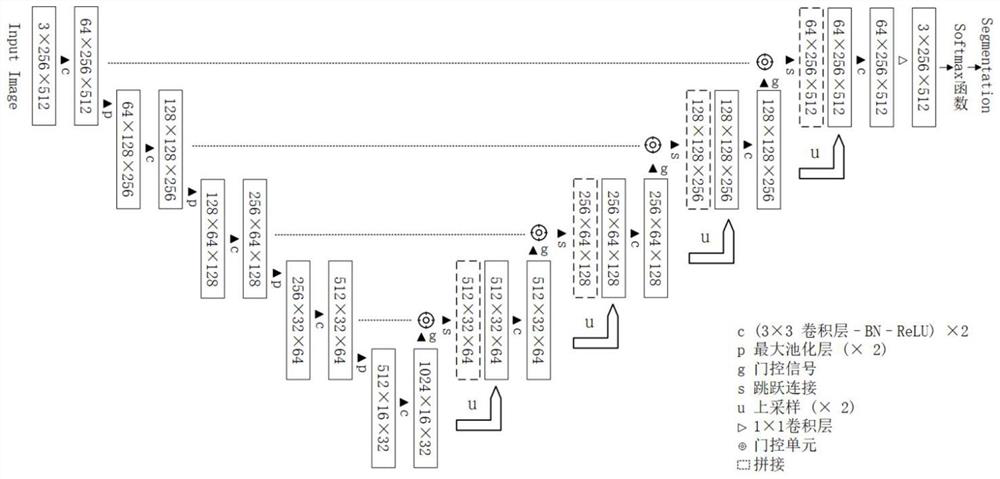Eyelid topology morphological feature extraction method based on deep learning
A morphological feature and deep learning technology, applied in the field of image processing, can solve problems such as the inability to fully reflect the morphological features of the eyelid contour, the poor reproducibility and stability of manual measurement, and the inability to accurately identify the eyelid boundary, so as to achieve the patient cooperation time. Short, good repeatability and stability, easy to obtain results
- Summary
- Abstract
- Description
- Claims
- Application Information
AI Technical Summary
Problems solved by technology
Method used
Image
Examples
Embodiment Construction
[0034] The present invention will be further described below in conjunction with the accompanying drawings and specific implementation.
[0035] Such as figure 1 Shown, the present invention comprises the following steps:
[0036]Step 1: Collect 1581 electronic digital photos of normal people from the ophthalmology center of a hospital. The shooting range is required to be the whole face, and a round mark with a diameter of 10mm is attached to the forehead. eye position. Patients with ptosis, blepharospasm, strabismus, or corneal trauma and poor quality images such as blurred photographs were excluded from this study. The photo was taken by a Canon EOS 500D SLR camera equipped with a 100mm macro lens, and uploaded to the computer to obtain an electronic digital photo with a resolution of 4752*3618. Constructing a dataset of mugshots using the electronic digital photographs described above;
[0037] Step 2: Process the electronic digital photos marked with eyelid contour li...
PUM
 Login to View More
Login to View More Abstract
Description
Claims
Application Information
 Login to View More
Login to View More - R&D
- Intellectual Property
- Life Sciences
- Materials
- Tech Scout
- Unparalleled Data Quality
- Higher Quality Content
- 60% Fewer Hallucinations
Browse by: Latest US Patents, China's latest patents, Technical Efficacy Thesaurus, Application Domain, Technology Topic, Popular Technical Reports.
© 2025 PatSnap. All rights reserved.Legal|Privacy policy|Modern Slavery Act Transparency Statement|Sitemap|About US| Contact US: help@patsnap.com



